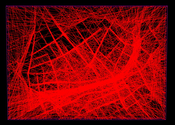Information
- Publication Type: Journal Paper with Conference Talk
- Workgroup(s)/Project(s):
- Date: August 2009
- Journal: ACM Transactions on Graphics
- Volume: 28
- Number: 3
- Location: New Orleans, LA
- Lecturer:
- ISSN: 0730-0301
- Event: ACM SIGGRAPH 2009
- Conference date: 3. August 2009 – 7. August 2009
- Pages: 94:1 – 94:10
- Keywords: occlusion culling, visibility sampling, visibility, PVS
Abstract
In this paper we propose a global visibility algorithm which computes from-region visibility for all view cells simultaneously in a progressive manner. We cast rays to sample visibility interactions and use the information carried by a ray for all view cells it intersects. The main contribution of the paper is a set of adaptive sampling strategies based on ray mutations that exploit the spatial coherence of visibility. Our method achieves more than an order of magnitude speedup compared to per-view cell sampling. This provides a practical solution to visibility preprocessing and also enables a new type of interactive visibility analysis application, where it is possible to quickly inspect and modify a coarse global visibility solution that is constantly refined.Additional Files and Images
Additional images and videos
 dynamic updates:
Video showing the dynamic update functionality
dynamic updates:
Video showing the dynamic update functionality
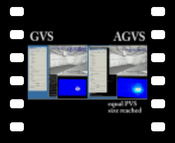 GVS vs. AGVS:
GVS vs. AGVS comparison
GVS vs. AGVS:
GVS vs. AGVS comparison
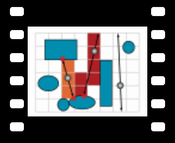 main video:
The main video, also available at <a href="http://www.youtube.com/watch?v=f9Vo7h1Lh-4">youtube</a>
main video:
The main video, also available at <a href="http://www.youtube.com/watch?v=f9Vo7h1Lh-4">youtube</a>
 REF vs. AGVS:
reference method vs. AGVS comparison
REF vs. AGVS:
reference method vs. AGVS comparison
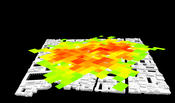 rendercost1:
Render cost visualization
rendercost1:
Render cost visualization
 rendercost2:
Render cost from a single view cell
rendercost2:
Render cost from a single view cell
 vienna walkthrough:
AGVS-generated PVS
vienna walkthrough:
AGVS-generated PVS
Additional files
 Preprint:
<a href="http://dl.acm.org/authorize?103492">ACM Authorizer link</a>
Preprint:
<a href="http://dl.acm.org/authorize?103492">ACM Authorizer link</a>
Weblinks
BibTeX
@article{BITTNER-2009-AGVS,
title = "Adaptive Global Visibility Sampling",
author = "Jir\'{i} Bittner and Oliver Mattausch and Peter Wonka and
Vlastimil Havran and Michael Wimmer",
year = "2009",
abstract = "In this paper we propose a global visibility algorithm which
computes from-region visibility for all view cells
simultaneously in a progressive manner. We cast rays to
sample visibility interactions and use the information
carried by a ray for all view cells it intersects. The main
contribution of the paper is a set of adaptive sampling
strategies based on ray mutations that exploit the spatial
coherence of visibility. Our method achieves more than an
order of magnitude speedup compared to per-view cell
sampling. This provides a practical solution to visibility
preprocessing and also enables a new type of interactive
visibility analysis application, where it is possible to
quickly inspect and modify a coarse global visibility
solution that is constantly refined. ",
month = aug,
journal = "ACM Transactions on Graphics",
volume = "28",
number = "3",
issn = "0730-0301",
pages = "94:1--94:10",
keywords = "occlusion culling, visibility sampling, visibility, PVS",
URL = "https://www.cg.tuwien.ac.at/research/publications/2009/BITTNER-2009-AGVS/",
}
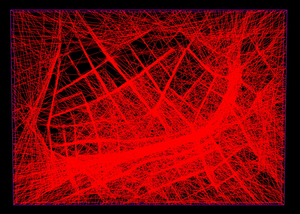

 Preprint
Preprint